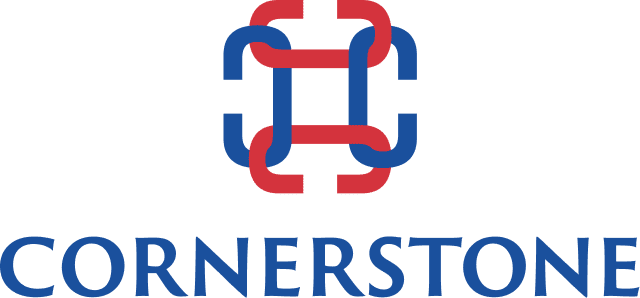The Flip Side of Executive Search: Do You Fit?
Much is done today to reduce the risk latent in the hiring of a top-quality senior executive.

(See also Getting it Right the First Time)
So much of the executive recruiting process revolves around the hiring company resolving whether the candidate can continue to meet expectations in the long term.
What about the reverse?
A top talent is equally concerned about making the right move. The wrong decision can be ruinous to a career and as damaging to the talent as to the organization. An incoming leader will need to be satisfied not only that the existing opportunity is a fit, but that the organization is one that can continue to keep him challenged – and rewarded – going forward.
Not everyone gets that. One person who does is a long-time client of mine who recently, while discussing an executive search project, asked me: “This is a new position and we are going to hire the individual that best fits. Will she be challenged moving forward once the role has been established?”
How much responsibility does the organization have?
Recruiting someone involves convincing them the role you have is better for their career than the one they are currently in, or one they are considering. Like you, they are making a decision that has a long-term impact. What happens after the initial success? That is where the organization steps up and defines itself.
Organizations which are not concerned about the individual’s career are perceiving the new hire more as a consultant. These organizations are focused on getting the job done right, but not much beyond. Organizations with “heart” (and enlightened leadership) want what is best for the individual as well as for the organization. Outstanding leaders will understand the individual’s career vision and consider the employee for meaningful future opportunities within the organization.
The challenge is today’s flatter organizations
Good leaders do not assume that everyone should continue his or her career in their current functional area. As one told me, “you end up with a very talented specialist who is only prepared to contribute in a narrow manner.”
Diversity in experience provides professional growth. An individual moving into another functional area brings a new perspective—a different way of looking at things. He or she will challenge what has been accepted. Since future growth is based upon asking new questions, not simply improving one process, the organization will change for the better.
Which brings us back to Day One. Organizations with a commitment to their people, a long term view of their path to success and a genuine pursuit of greatness, do not hire top talent for today. They are looking far, far down the road.



